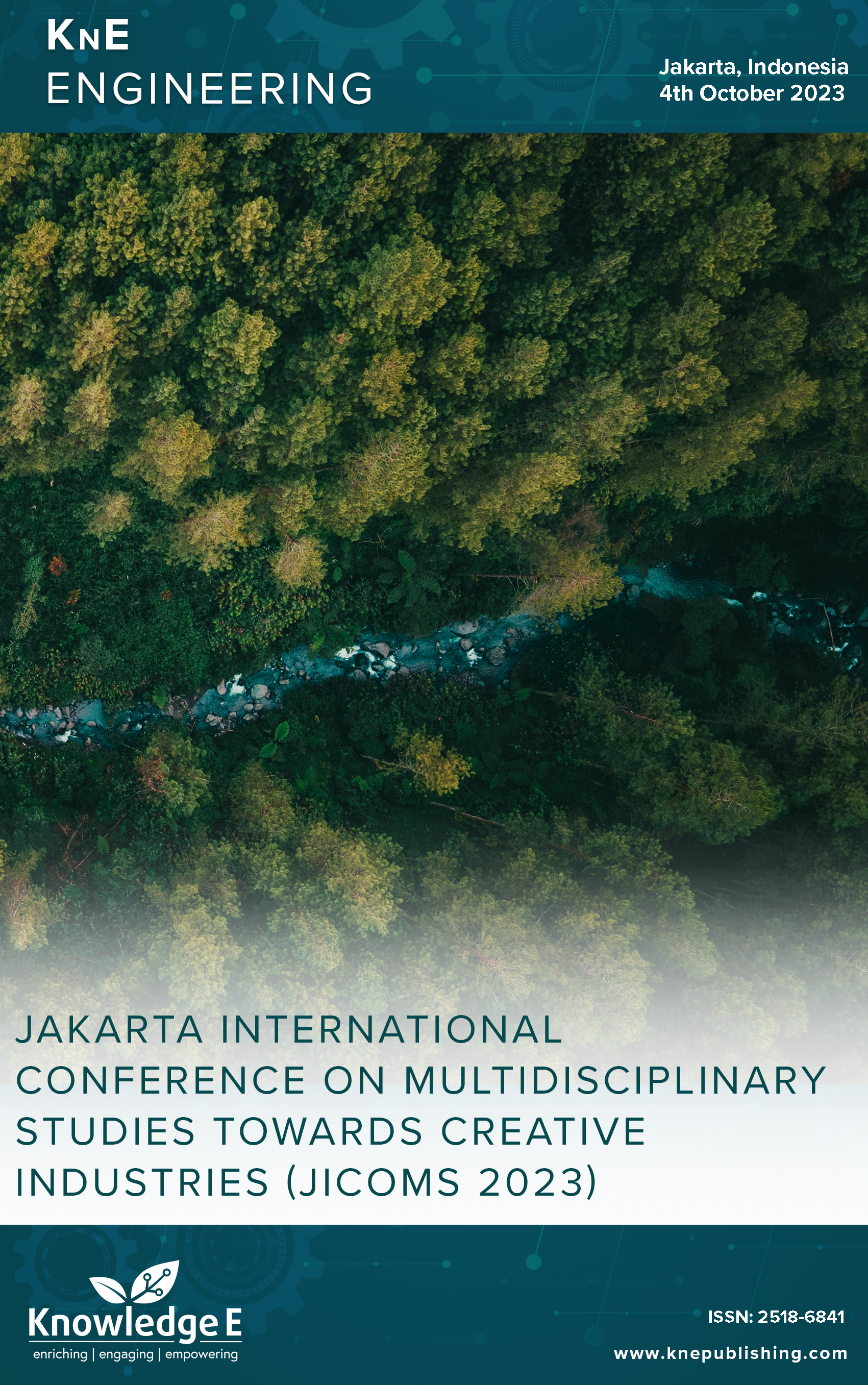Development of an Automated Feeding System for Hydroponic Plant Nutrition Using Arduino Uno
DOI:
https://doi.org/10.18502/keg.v6i1.15365Abstract
Hydroponic farming has been a promising alternative to traditional farming, but providing plants with proper and consistent nutrition remains challenging. The issue in the research is the inaccuracy of the nutrients provided to the plants, resulting in growth that does not meet the expectations. This study aims to develop an automated nutrition system for hydroponic farming using Arduino Uno and total dissolved solids (TDS) sensors. In conducting this research, the study began with a preliminary exploration, followed by the design and integration process. Subsequently, testing and experiments were conducted on a small scale. Preliminary studies were conducted to understand existing hydroponic practices and challenges in manually supplying nutrients. The design of an automation system with Arduino Uno and a TDS sensor is made to control nutrition automatically. Automation systems are tested and calibrated to ensure accuracy and proper response. Implementation on a small scale was done with a test group and a control group in hydroponics. Growth and yield data were collected and analyzed. The results showed that the automated system provided precise and consistent nutrition, increasing plant growth and yields compared to manual methods. This research makes a scientific contribution to developing sustainable and efficient agriculture. In conclusion, nutrition automation using Arduino Uno and TDS sensors is an effective solution to increase the efficiency and productivity of hydroponic farming.
Keywords: hydroponics, automation, plant nutrition, Arduino Uno TDS sensor
References
[2] Son JE, Kim HJ, Ahn TI. Hydroponic systems. Plant factory. Elsevier; 2020. pp. 273– 83.
[3] Khan S, Purohit A, Vadsaria N. Hydroponics: current and future state of the art in farming. J Plant Nutr. 2020;44(10):1515–38.
[4] Kanhekar V, Deshbhratar T, Matey Y, Kalbande K, Deshmukh A. “Hydroponic Farming using IoT,” in 2022 International Conference on Edge Computing and Applications (ICECAA), 2022, pp. 583-586: IEEE.
[5] Changmai T, Gertphol S, Chulak P. “Smart hydroponic lettuce farm using Internet of Things,” in 2018 10th international conference on knowledge and smart technology (KST), 2018, pp. 231-236: IEEE. https://doi.org/10.1109/KST.2018.8426141.
[6] Eridani D, Wardhani O, Widianto ED. “Designing and implementing the arduino-based nutrition feeding automation system of a prototype scaled nutrient film technique (NFT) hydroponics using total dissolved solids (TDS) sensor,” in 2017 4th International Conference on Information Technology, Computer, and Electrical Engineering (ICITACEE), 2017, pp. 170-175: IEEE. https://doi.org/10.1109/ICITACEE.2017.8257697.
[7] Wirman RP, Wardhana I, Isnaini VA. Kajian tingkat akurasi sensor pada rancang bangun alat ukur total dissolved solids (tds) dan tingkat kekeruhan air. Jurnal Fisika. 2019;9(1):37–46.
[8] Adjovu GE, Stephen H, Ahmad S. “Monitoring of Total Dissolved Solids Using Remote Sensing Band Reflectance and Salinity Indices: A Case Study of the Imperial County Section, AZ-CA, of the Colorado River,” in World Environmental and Water Resources Congress 2022, 2022, pp. 1132-1145.
[9] Crisnapati PN, Wardana IN, Aryanto IK, Hermawan A. “Hommons: Hydroponic management and monitoring system for an IOT based NFT farm using web technology,” in 2017 5th International Conference on Cyber and IT Service Management (CITSM), 2017, pp. 1-6: IEEE. https://doi.org/10.1109/CITSM.2017.8089268.
[10] Raihanto MS, Febrianti MA, Yudhistira GA. “The Prototype Design of Water pH and TDS Indicator Device based on Microcontroller Arduino,” in 2021 Third International Sustainability and Resilience Conference: Climate Change, 2021, pp. 176-180: IEEE.
[11] Milan J, Ivan T. “Rigorous using of calibration,” in Proceedings of the 2014 15th International Carpathian Control Conference (ICCC), 2014, pp. 207-212: IEEE.
[12] Ardhiansyah L, Prasetya DA. Design And Implementation Of An Automation System For A Nutrition Pump. Hydroponics Using Arduino Uno. Universitas Muhammadiyah Surakarta; 2021.
[13] Dubey N, Nain V. Hydroponic—The Future of Farming. Int J Environ Agric Biotechnol. 2020;5(4):857–64.
[14] Gentry M. Local heat, local food: integrating vertical hydroponic farming with district heating in Sweden. Energy. 2019;174:191–7.
[15] Chowdhury ME, Khandakar A, Ahmed S, Al-Khuzaei F, Hamdalla J, Haque F, et al. Design, construction and testing of iot based automated indoor vertical hydroponics farming test-bed in qatar. Sensors (Basel). 2020 Oct;20(19):5637.
[16] Susanti ND, Sagita D, Apriyanto IF, Anggara CE, Darmajana DA, Rahayuningtyas A. “Design and implementation of water quality monitoring system (temperature, ph, tds) in aquaculture using iot at low cost,” in 6th International Conference of Food, Agriculture, and Natural Resource (IC-FANRES 2021), 2022, pp. 7-11: Atlantis Press.
[17] Tagle S, Benoza H, Pena R, Oblea A. “Development of an indoor hydroponic tower for urban farming,” in Proceedings of the 6th DLSU International Conference on Innovation and Technology Fair, Manila, Philippines, 2018, pp. 22-23.
[18] Gumisiriza MS, Ndakidemi P, Nalunga A, Mbega ER. Building sustainable societies through vertical soilless farming: A cost-effectiveness analysis on a small-scale nongreenhouse hydroponic system. Sustain Cities Soc. 2022;83:103923.


